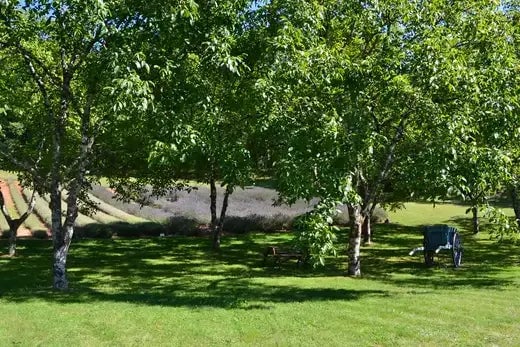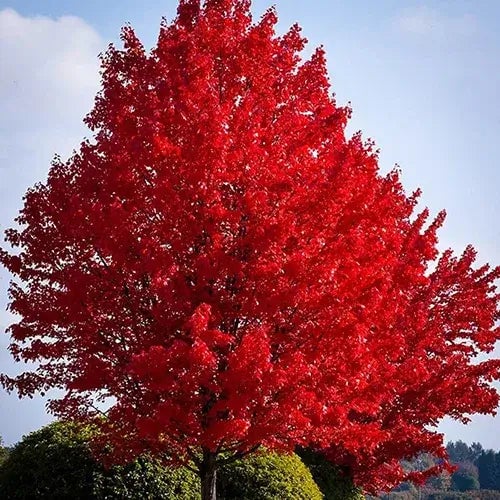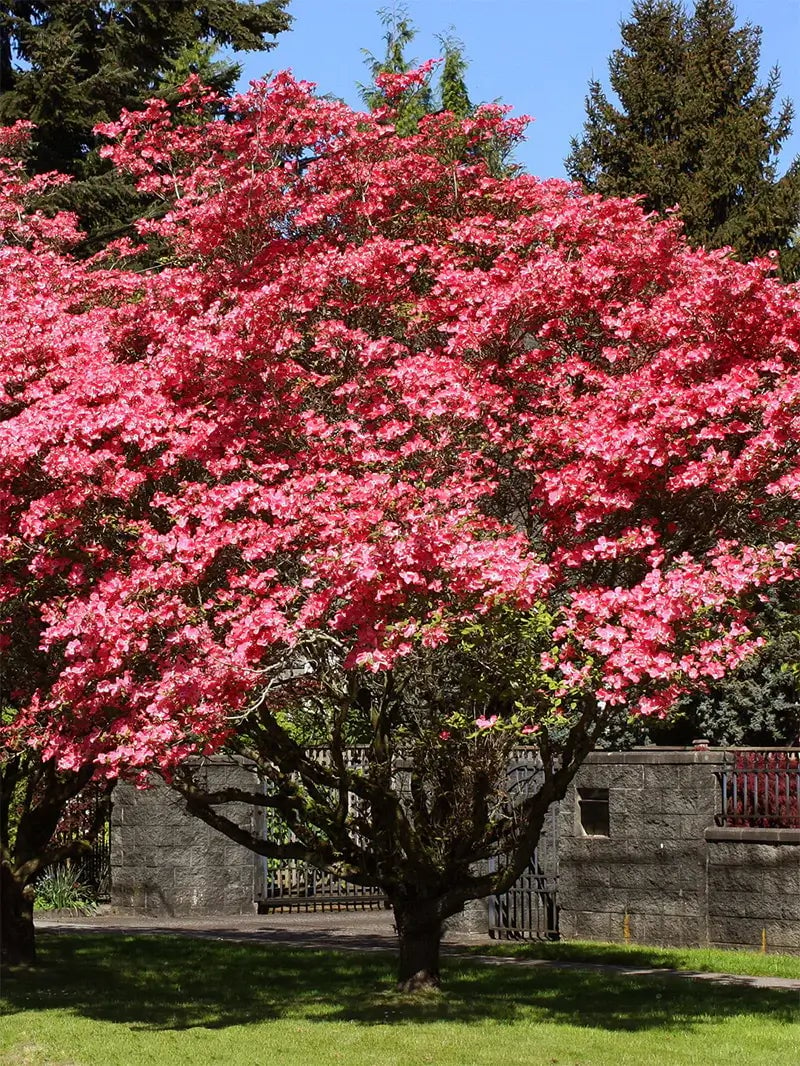To tree or not to tree, that is the question. The real question is which tree to plant. Choosing the right tree or trees for your landscape begins with a basic understanding of the available types of trees.
The first question is, what do I want from my tree? Although trees are available in a multitude of varieties. This article will examine four categories: Evergreen, Native, Shade, and Flowering Trees.
Evergreens are true to their name in that they typically stay green year-round. They come in wide different varieties; If your needs include privacy. Evergreens proliferate and provide an excellent barrier that not only provides visual privacy but can help with unwanted sounds as well. The same qualities of the evergreen that provide for privacy also function as windbreaks and can make a real difference in deflecting solid currents. The Canadian Hemlock is an excellent choice.
If you want to create an organic look and have some lovely trees to boot, you will want to plant trees native to your area. Taking a few moments to educate yourself about indigenous trees in your community can be extremely rewarding. Children often enjoy this activity and benefit from the learning experience. A trip to the library or a few minutes spent with online research will soon have you identifying trees that already choose to live in your neighborhood.
As temperatures heat up, there is nothing more inviting than a lovely shade tree. If you enjoy creating an atmosphere for pleasant outdoor experiences, a tree with a nice billowing canopy is your best choice. In addition to the unadorned beauty that trees bring to your surroundings, the well-placed shade can help reduce energy costs, specifically those related to cooling your home. Trees planted on the south side of your house help decrease radiant heat transferred from the exterior walls of your home by helping block rays from the sun. A large variety of shade trees are available. The Red Maple is a long-running favorite.
Beyond shade, flowering trees allow you the most versatility in creating a panacea of color. Like an artist weaving a tapestry or brushing an array of hues onto a canvas, the varieties of color available in flowering trees allow your creations to be unlimited. Pink Flowering Dogwoods and White Yoshino Cherry Trees are two favorites.
Other Tips for Choosing the Right Tree for Your Landscape Design
If you enjoy the do-it-yourself approach, you may want to determine your climate zone and follow suggested times and planting instructions. Otherwise, a shovel and a suitable digging tool will get you started. If sticking with a design is more your forte, most areas have landscapers readily available. Be sure to ask for references and to remember that it is your design. So what are we waiting for? Let's get started and create some perennial beauty by planting trees!
Source to Buy a Variety of Trees for Landscaping
https://www.tnnursery.net
Read more

Filled with some vitamins and minerals, blackberries provide a delicious treat eaten raw or incorporated into a wide selection of recipes. Blackberries contain vitamins A, C, and E and select B vit...

Lonicera japonica, Halls Honeysuckle VineThere are mainly two types of Halls honeysuckle; the first is known as the climbers and the second one as shrubby honeysuckles. Both of these plants need di...





